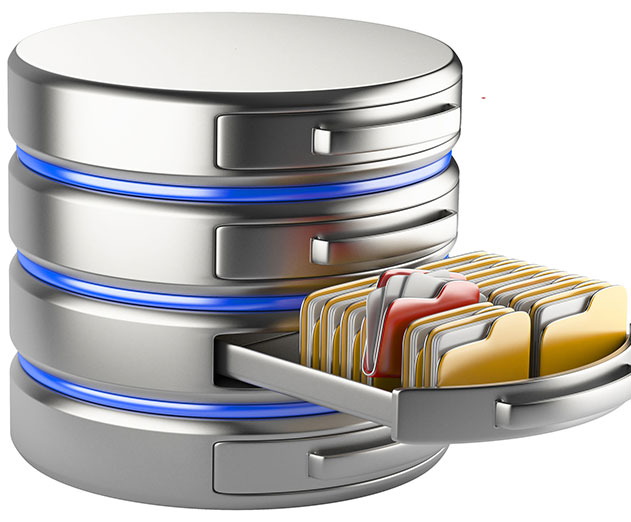Causes, Impacts
- Optimizing database performance requires identifying bottlenecks and resolving detected issues before system performance degenerates.
- Correlating significant metrics like the response time, database activity such as sessions, expensive statements, resource utilization are among top KPIs to discover the main issues affecting system performance.
- Service interference can be avoided by proactively monitoring the state of your database performance and taking preemptive steps to ensure uninterrupted system operations.
- Obtaining the root-cause of declining database performance on time involves the monitoring of events (Resource bottlenecks like exclusive locks, DB alert logs, DB network logs, etc.) that have occurred over a period of time to gain deep insight into the issues affecting system performance.
How is it monitored?
- The database performance can be monitored in SAP using ST04 or DBACOCKPIT. The DBACOCKPIT is a graphical user interface (GUI) used to monitor memory usage, SQL request, total DB time and other aspects of the database system landscape.
- The HANA database can also be monitored using a variety of tools such as SAP Solution Manager, SAP HANA Studio, and the Database Administration (DBA) cockpit in SAP NetWeaver. SAP provides database mini-check scripts which are sometimes required to run ad hoc report on certain performance and utilization.
- The health condition of your database can be determined by using the cockpit to view current metrics in the system. Historical metrics are also useful in examining the performance trends of your database over different time intervals which can help in identifying the root cause of poor system performance.
- The challenge with most SAP tools is to correlate application workload and system resource utilization with DB bottlenecks.
For the main topic;
SAP BASIS and Monitoring
